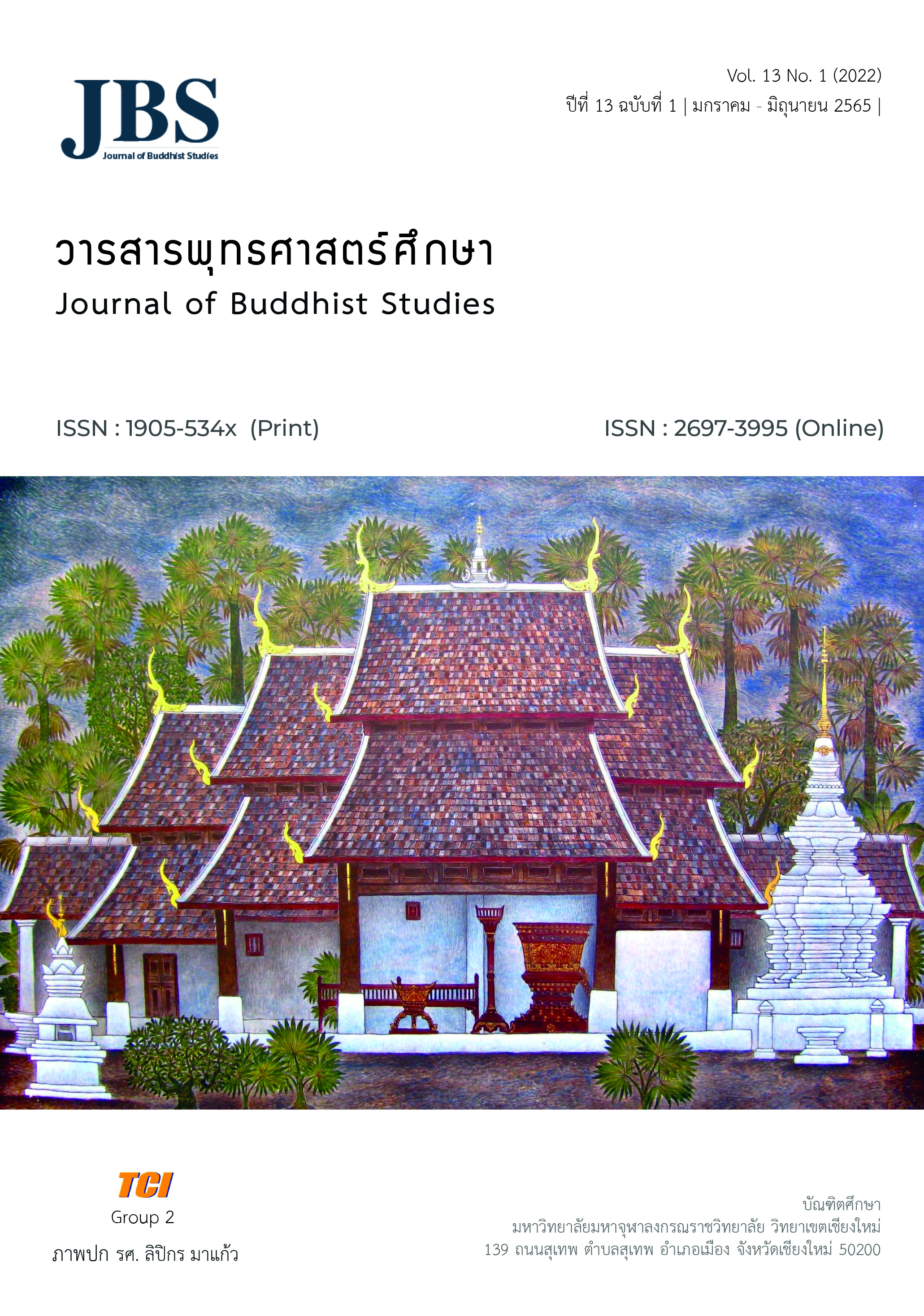The effects of Nearpod application on improving vocabulary Knowledge of Mathayom Suksa 3 students at Sansaiwithayakom school in Chiang Mai province
คำสำคัญ:
Nearpod application, vocabulary lessons, knowledgeบทคัดย่อ
The objectives of this research were 1) to develop the vocabulary lessons via the Nearpod application to enhance the vocabulary knowledge of Mathayom Suksa 3 students at Sansai Withayakhom School in Chiang Mai province, 2) to compare the vocabulary knowledge of the students before and after learning vocabulary via the Nearpod application, and 3) to investigate the studentsí satisfaction with learning vocabulary via the Nearpod application. The study was quantitative research and the research instruments consisted the vocabulary lessons via the Nearpod application, a vocabulary knowledge test, and a Satisfaction questionnaire. The first finding presented that the
vocabulary lessons via the Nearpod application were effective (IOC=0.7-1).
The second finding found that the learning achievement of vocabulary knowledge via Nearpod application after learning was significantly higher than before at 0.08. Finally, the third finding showed that the studentsí high satisfaction with Mathayom Suksa 3 with learning vocabulary via the Nearpod application.
เอกสารอ้างอิง
Alzatma, A.S. (2020). Using mobile apps to improve English speaking skill of EFL student at the Islamic University. Master of Arts. Islamic University.
Chamlula, P. (2018). Teaching and motivating EFL students through technology: Nearpod and google classroom. Faculty of education. Department of English Language and Literature, Masaryk university. Czech Republic.
Hakami, M. (2020). Using Nearpod as a tool to promote active learning in higher education in a BYOD learning environment. Journey of Education and Learning, 9(1), 119-126.
Kaur, A., Young, D., & Kirkpatrick, R. (2016). English Education Policy in Thailand: Why the Poor Results?. English Language Education Policy in Asia, 11, 345-361.
Knowles, M.S. (1975). Self-directed learning. New York: Association Press.
Krahenbuhl, K., & Smith, K. (2015). Nearpod: A technology tool to engage students in Inquiry. Retrieved December 29 2021, from http://www.ascd.org/ascd-express/vol10/1009-krahenbuhl.aspx
Levy, M. (1997). Computer-assisted language learning: Context and conceptualization. Oxford: Oxford University Press.
Nation, P. (2011). Research into practice vocabulary. Tesl Canada journal, 30(1), 169-170.
Nishanthi, R. (2018). The importance of learning English in today’s world. International journal of trend in scientific research and development (IJTSRD), 3, 871-874.
Sanmugam, M., Selvarajoo, A., Ramayah, B., & Lee, K. (2019). Use of Nearpod as interactive learning method. INTED2019 Proceedings. 13th International Technology, Education and Development Conference. (p. 8908-8915). Organized by Iated Library of Spain.
Shehata, N., Mitry, C., Shawki, M., El-Helaly, B., lee, K. (2020). Use of Nearpod as interactive learning method. In: Conference paper, 137-152.
Stephen, M., & William, C. (2018). Utilizing Nearpod to promote active learning in lectures. Ulster: Coleraine.
Thangaroonsin, S. (2016). Investigation of receptive vocabulary size of Thai EFL graduate students. An independent study paper submitted in partial fulfillment of the requirements for the degree of master of arts in career English for international communication language institute, Thammasat university. Thailand.
Zhang, Y. (2011). The use of vocabulary learning strategies by good and poor language learners: A case study of Chinese non-English major sophomores. Kristianstad University School of Teacher Education English, Sweden.
ดาวน์โหลด
เผยแพร่แล้ว
รูปแบบการอ้างอิง
ฉบับ
ประเภทบทความ
สัญญาอนุญาต
ลิขสิทธิ์ (c) 2022 วารสารพุทธศาสตร์ศึกษา

อนุญาตภายใต้เงื่อนไข Creative Commons Attribution-NonCommercial-NoDerivatives 4.0 International License.






